BRISTOL – The evolutionary origin of dental structures is highly debated among experts. Now, a team of international scientists has found evidence that tooth-like structures were present in the first jawed vertebrates, although it had long been assumed that teeth developed later. The new findings indicate that teeth developed alongside or shortly after jaw structures.
The researchers discovered the origin of both teeth and jaws through studying fossils of Compagopiscis, one of the first prehistoric jawed fish. They performed 3-D microscopy using synchrotron X-ray tomography microscopy and were able to visualise every tissue, cell and growth line within the fish’s jaws, allowing them to study the development of the teeth, said Dr Martin Rücklin, lead author and researcher at the University of Bristol’s School of Earth Sciences.
embedImagecenter("Imagecenter_1_612",612, "large");
“This technique allowed us to obtain a perfect digital model and very detailed internal views of the fossil without destroying it,” said Prof. Marco Stampanoni of the Paul Scherrer Institute, the largest research centre for natural and engineering sciences in Switzerland.
The CT scans demonstrated that some primitive fish possessed jaws with distinct dental ossifications composed of dentine and bone, the researchers said.
In contrast to the hypothesis that teeth were absent in the first jawed vertebrates and that they captured their prey with scissor-like jaw-bones, the present study suggests that the development of tooth and jaw structures was intimately interwoven.
The research was conducted by palaeontologists from the University of Bristol in collaboration with evolution experts from the Natural History Museum in London and Curtin University in Australia and physicists from Switzerland.
The study was published online on 17 October in the Nature journal ahead of print.
LONDON, UK: The concept of regrowing teeth is considered somewhat of a holy grail in dentistry. Though most reptiles and fish have multiple sets of teeth ...
NEWCASTLE, UK: Researchers and dentists from the UK are currently developing a new product from a marine microbe to protect dentures, teeth and gums from ...
CAMBRIDGE, UK: Two new studies focusing on the evolutionary origin of teeth and of vertebra have provided further evidence of the human connection to marine...
The need for an endodontic skill set within the profession is higher than it has ever been. Culturally and socially, there have been significant changes in ...
The latest trends in digital dentistry are setting new standards in oral care, and this year, new advancements will push the envelope even further. To ...
COPENHAGEN, Denmark: Digital dental technologies are changing daily dental practice. On 6 June, dental technology specialist 3Shape hosted 3Shape Discover,...
BELFAST, UK: Aimed at reducing childhood caries levels in the region, the Northern Ireland Caries Prevention in Practice Trial (NIC-PIP) has been ...
CAMBRIDGE & LONDON, UK: Philips has come a long way since introducing its first patent for a light bulb with an extended burning time in 1905. Over more...
LEEDS, England: While antibiotics remain essential for treating infectious diseases, their global efficacy is declining owing to the rise of antimicrobial ...
LONDON, England: Driven by the NHS dental crisis, an increasing number of UK patients seeking cheaper dental work overseas are encountering unexpected ...
Live webinar
Mon. 22 December 2025
6:00 pm UTC (London)
Live webinar
Mon. 12 January 2026
2:00 pm UTC (London)
Prof. Judith Jones D.D.S; M.P.H., Prof. Kakuhiro Fukai D.D.S., Ph.D, Dr. Bathsheba (Bethy) Turton
Live webinar
Wed. 14 January 2026
5:00 pm UTC (London)
Dr. Théo Laplane, Dr. Robert Gottlander DDS
Live webinar
Fri. 16 January 2026
5:00 pm UTC (London)
Live webinar
Mon. 19 January 2026
6:00 pm UTC (London)
Philipp Kopp, Michael Seeber
Live webinar
Thu. 22 January 2026
7:00 pm UTC (London)
Dr. Nicola M. Grande DDS, PhD
Live webinar
Wed. 28 January 2026
1:00 pm UTC (London)



 Austria / Österreich
Austria / Österreich
 Bosnia and Herzegovina / Босна и Херцеговина
Bosnia and Herzegovina / Босна и Херцеговина
 Bulgaria / България
Bulgaria / България
 Croatia / Hrvatska
Croatia / Hrvatska
 Czech Republic & Slovakia / Česká republika & Slovensko
Czech Republic & Slovakia / Česká republika & Slovensko
 France / France
France / France
 Germany / Deutschland
Germany / Deutschland
 Greece / ΕΛΛΑΔΑ
Greece / ΕΛΛΑΔΑ
 Hungary / Hungary
Hungary / Hungary
 Italy / Italia
Italy / Italia
 Netherlands / Nederland
Netherlands / Nederland
 Nordic / Nordic
Nordic / Nordic
 Poland / Polska
Poland / Polska
 Portugal / Portugal
Portugal / Portugal
 Romania & Moldova / România & Moldova
Romania & Moldova / România & Moldova
 Slovenia / Slovenija
Slovenia / Slovenija
 Serbia & Montenegro / Србија и Црна Гора
Serbia & Montenegro / Србија и Црна Гора
 Spain / España
Spain / España
 Switzerland / Schweiz
Switzerland / Schweiz
 Turkey / Türkiye
Turkey / Türkiye
 UK & Ireland / UK & Ireland
UK & Ireland / UK & Ireland
 International / International
International / International
 Brazil / Brasil
Brazil / Brasil
 Canada / Canada
Canada / Canada
 Latin America / Latinoamérica
Latin America / Latinoamérica
 USA / USA
USA / USA
 China / 中国
China / 中国
 India / भारत गणराज्य
India / भारत गणराज्य
 Pakistan / Pākistān
Pakistan / Pākistān
 Vietnam / Việt Nam
Vietnam / Việt Nam
 ASEAN / ASEAN
ASEAN / ASEAN
 Israel / מְדִינַת יִשְׂרָאֵל
Israel / מְדִינַת יִשְׂרָאֵל
 Algeria, Morocco & Tunisia / الجزائر والمغرب وتونس
Algeria, Morocco & Tunisia / الجزائر والمغرب وتونس
 Middle East / Middle East
Middle East / Middle East


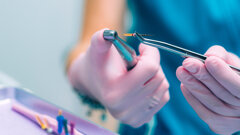
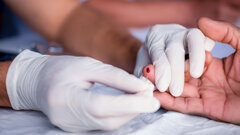
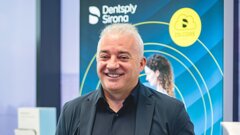
























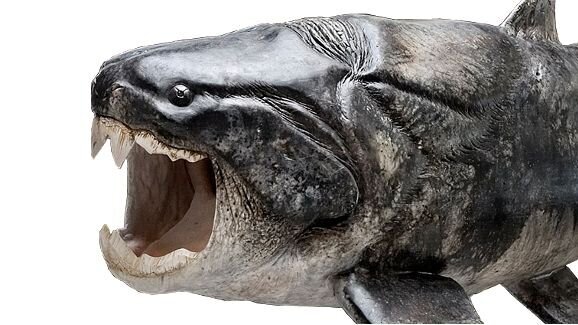



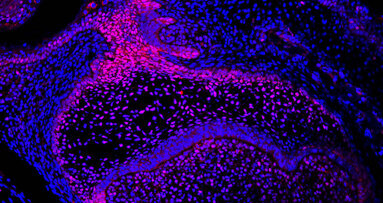

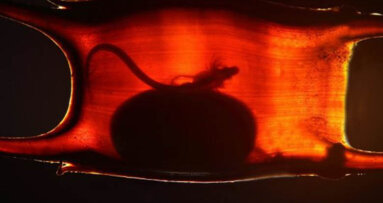


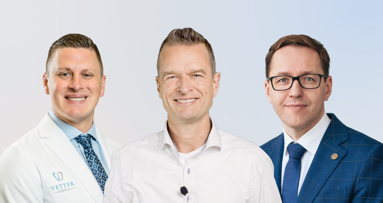

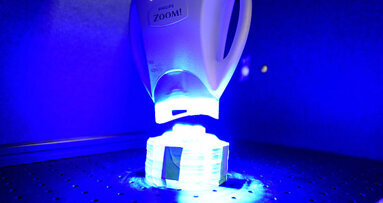












To post a reply please login or register